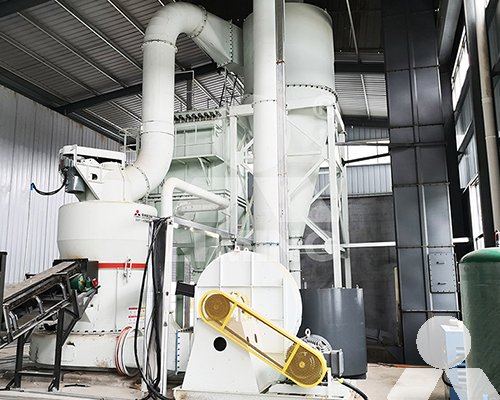Micro powder mill for making stone paper
In the pursuit of sustainable and eco-friendly alternatives to traditional paper production, the innovative use of micro powder grinding mills has emerged as a game-changing technology. One notable application of these mills is in the manufacturing of stone paper, a revolutionary material that holds immense promise in reducing the environmental impact of paper production. This article delves into the role of micro powder grinding mills in the creation of stone paper, highlighting its benefits and implications.

The Concept of Stone Paper: Stone paper, also known as mineral paper, is a novel material that deviates from the conventional paper-making process. Instead of utilizing wood pulp, stone paper is composed of a combination of calcium carbonate derived from limestone and a small amount of non-toxic resin. This unique composition grants stone paper its distinctive attributes, making it water-resistant, tear-resistant, and highly printable.
Micro Powder Grinding Mill: Micro powder grinding mills are advanced mechanical devices designed to finely grind various materials into extremely fine powders. These mills operate through intricate mechanisms that use high-speed rotating blades to break down materials into minuscule particles. The resulting powders have a wide range of applications across industries, and one such application is the creation of stone paper.
Manufacturing Process: The production of stone paper involves several key steps, with the micro powder grinding mill playing a pivotal role:
- Material Preparation: Limestone, a naturally abundant resource, is crushed into smaller particles and then refined into a high-purity calcium carbonate powder.
- Mixing: The refined calcium carbonate is mixed with a small amount of non-toxic resin to form a homogenous mixture. This mixture will serve as the base material for stone paper.
- Grinding Process: The mixture is fed into a micro powder grinding mill, where the high-speed rotating blades reduce the particles even further. This process yields an ultra-fine powder that forms the core of stone paper’s composition.
- Extrusion: The ultra-fine powder is then subjected to an extrusion process, during which it is heated and molded into thin sheets. These sheets become the foundation of stone paper.
- Final Touches: The stone paper sheets are further treated to enhance their printability, water resistance, and overall quality. Once treated, they are ready for various applications, such as printing, packaging, and writing.
Advantages of Stone Paper and Micro Powder Grinding Mills: The collaboration between stone paper production and micro powder grinding mills offers several noteworthy advantages:
- Environmental Benefits: The absence of wood pulp in stone paper eliminates the need for deforestation, a major concern associated with traditional paper production.
- Water Efficiency: Stone paper production consumes significantly less water compared to conventional paper manufacturing processes.
- Durability: Stone paper’s inherent durability and tear resistance make it a longer-lasting option for various applications.
- Resource Conservation: Micro powder grinding mills optimize material usage, reducing waste and conserving resources.
The utilization of micro powder grinding mills in the production of stone paper marks a remarkable stride towards sustainable and innovative solutions in the paper industry. The synergy between these technologies not only addresses environmental concerns but also presents a versatile material with the potential to redefine paper-related applications. As industries continue to seek greener alternatives, the development and adoption of stone paper exemplify the marriage of technological progress and ecological responsibility.









